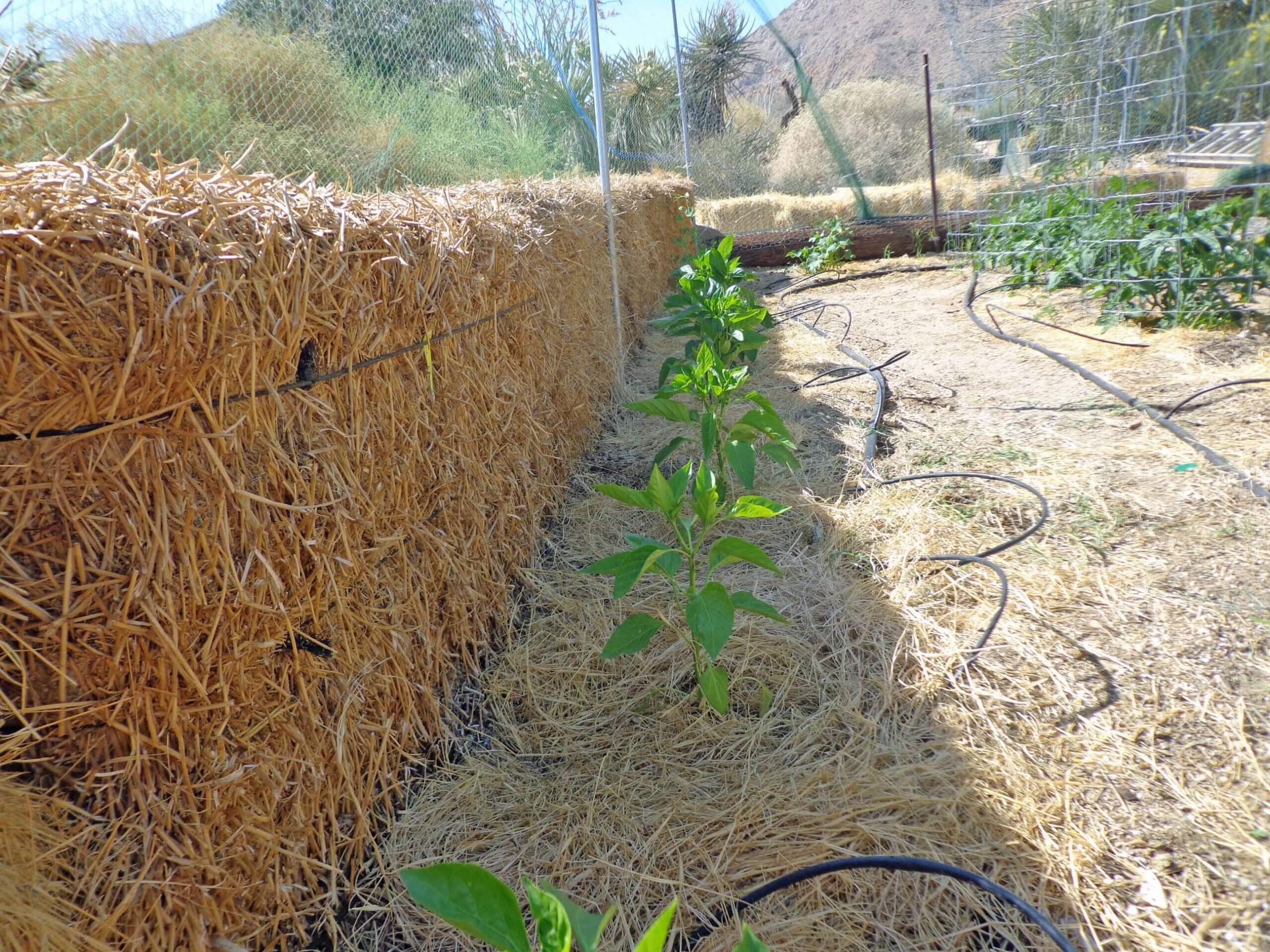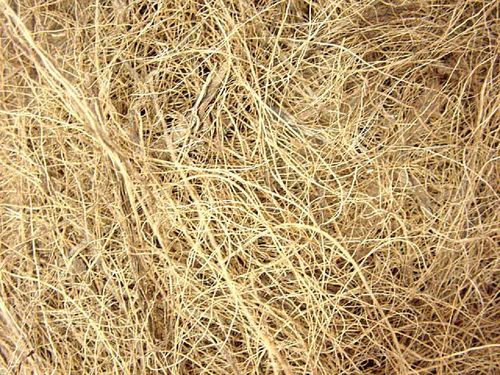Gardens can be turned by hand or mechanically tilled. The results and investments of time and energy are very different. Sometimes they can be done in conjunction, other times one or the other is more appropriate.
If you don’t have a spading fork, now is the time to buy one. This unique tool looks like a pitch fork, but the tines are straight and much thicker. For anyone serious about mixing an organic garden by hand, this is your most important purchase. Do not scrimp on quality because a good fork will last for decades. The spading fork turns soil more easily because the tines break up clods automatically, unlike a shovel which actually helps to cement heavy soil together.
A rototiller an essential workhorse used for larger in-ground gardens, tilling thoroughly and deeply with minimal effort.Tillers are too heavy for raised beds and won’t turn tightly enough to be of good use. Lightweight Mantis tillers are the exception, but they are still no replacement for the fork.
At this stage of garden preparation, three mistakes are common. Gardeners often fail to get enough amendment, they don’t till or turn the soil deep enough, and they work the amendments into just the top few inches of soil. Roots need deep, fertile soil for best root development, so the deeper your soil is worked and amended, the better.
Getting Started
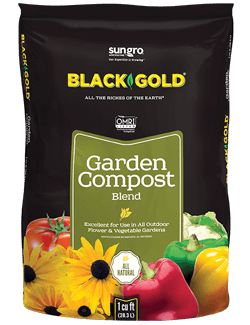 The first step is rough-turning by hand or rough tilling. It eliminates compaction that built up over winter from rain and snow. Some gardeners let the ground sit open for a week after rough-tilling before going to the next step. This allows time to fully aerate the soil and exposes underground pests so they die or can be easily removed.
The first step is rough-turning by hand or rough tilling. It eliminates compaction that built up over winter from rain and snow. Some gardeners let the ground sit open for a week after rough-tilling before going to the next step. This allows time to fully aerate the soil and exposes underground pests so they die or can be easily removed.
To get the most of the rototiller, go slow to allow it to dig down and open that lower layer of soil. When tilling by hand, till at least as deep as the length of the spading fork tines. The result will be a rough, irregular surface that allows amendments to settle deep into the nooks and crannies.
The next step is to spread your Black Gold Garden Compost Blend and other amendments evenly over the entire surface. For in-ground gardens, this is the a-ha moment when you realize you haven’t got nearly enough to cover it all at least three inches deep. Raised bed gardeners may discover they’ve overfilled the beds with soil, and there’s with no free board left on the edges to contain the additional organic matter. Be sure to resolve these issues before proceeding, and use this formula to determine the amount of amendment to add over a given area.
Amendment Application Formula
([area to cover] ft2 x [depth in inches desired] x 0.0031 = ___ yd3).
Example: If you wanted to cover a 20 square foot area with 2 inches of compost, the result would be: 20 ft2 x 2 inches of compost x 0.0031 = 2.48 yd3.
Till the amendments in as deeply as you can, then do it again in the opposite direction. This is to catch any undisturbed strips or pockets missed between previous passes. When using a spading fork, strive for even tillage, working backwards across the soil, so you aren’t standing on newly turned ground.
After tilling the last time, use your heavy garden rake to level the soil, removing the remnants of last year’s plants. If you are planting from seed, go over it again with a fine leaf rake to get the surface ready to be sown.
Because organic gardening is about feeding the soil, consider yourself the chef. Tilling in amendments is the process of serving a healthy meal. When this all comes together in a gourmet creation, the miracle of life in your organic garden begins.
 Ever wonder why some people can grow fabulous gardens and others can’t? The answer is simple: they spend more time with their plants and tend to their gardens more. Experienced gardeners know that frequent inspection allows them to see the first signs of trouble, whether it’s wilt, broken limbs, a digging dog or caterpillars. These can be remedied immediately before damage occurs, and without the need for chemicals.
Ever wonder why some people can grow fabulous gardens and others can’t? The answer is simple: they spend more time with their plants and tend to their gardens more. Experienced gardeners know that frequent inspection allows them to see the first signs of trouble, whether it’s wilt, broken limbs, a digging dog or caterpillars. These can be remedied immediately before damage occurs, and without the need for chemicals.

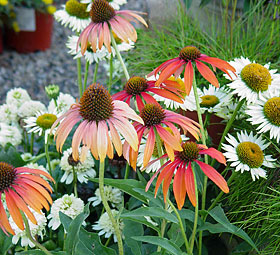
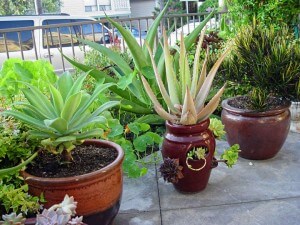
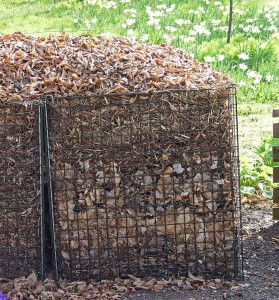
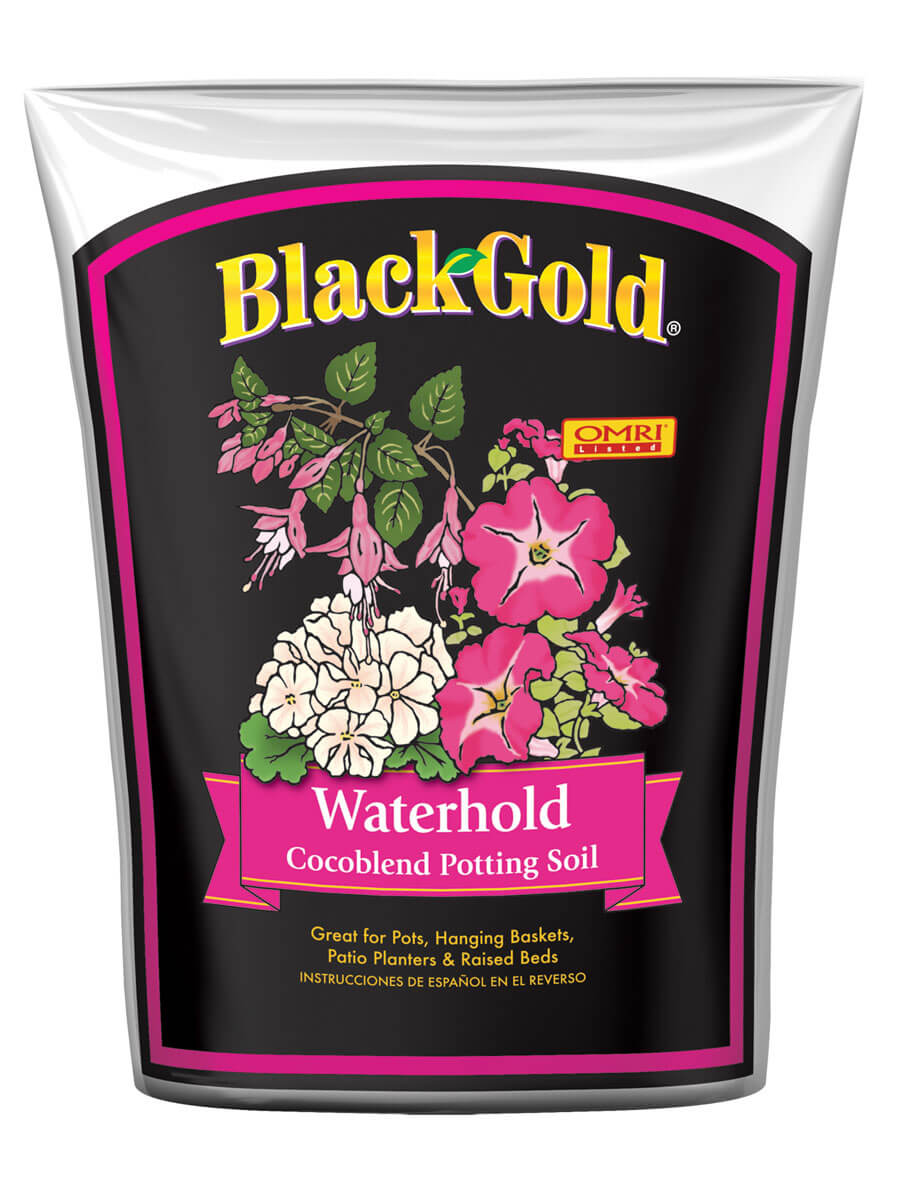

 The first step is rough-turning by hand or rough tilling. It eliminates compaction that built up over winter from rain and snow. Some gardeners let the ground sit open for a week after rough-tilling before going to the next step. This allows time to fully aerate the soil and exposes underground pests so they die or can be easily removed.
The first step is rough-turning by hand or rough tilling. It eliminates compaction that built up over winter from rain and snow. Some gardeners let the ground sit open for a week after rough-tilling before going to the next step. This allows time to fully aerate the soil and exposes underground pests so they die or can be easily removed.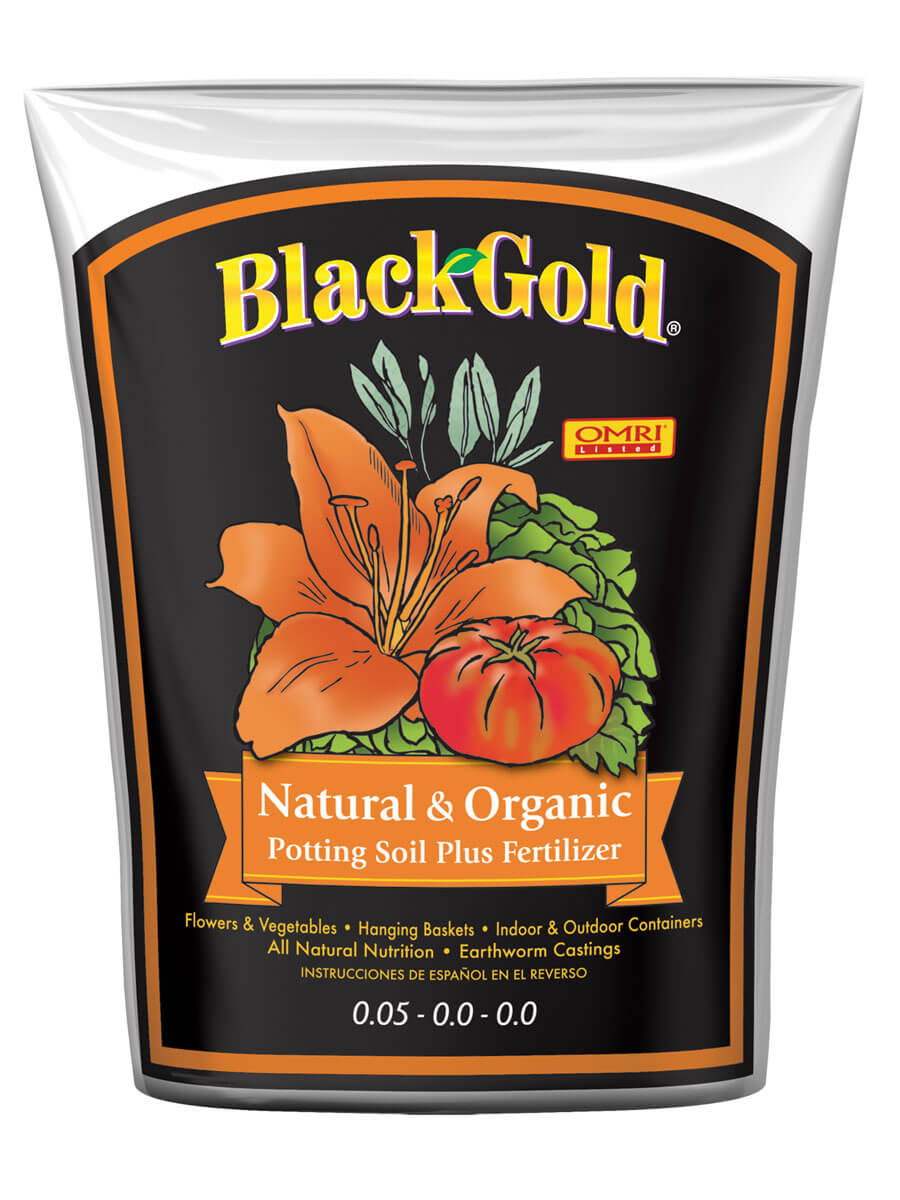
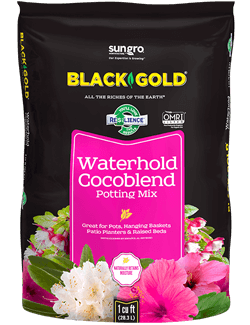 My desert garden is the worst case scenario, and I like it that way. When I test plants and products for gardens, they go through the wringer…literally. I want to know how far I can push things before they fail.
My desert garden is the worst case scenario, and I like it that way. When I test plants and products for gardens, they go through the wringer…literally. I want to know how far I can push things before they fail.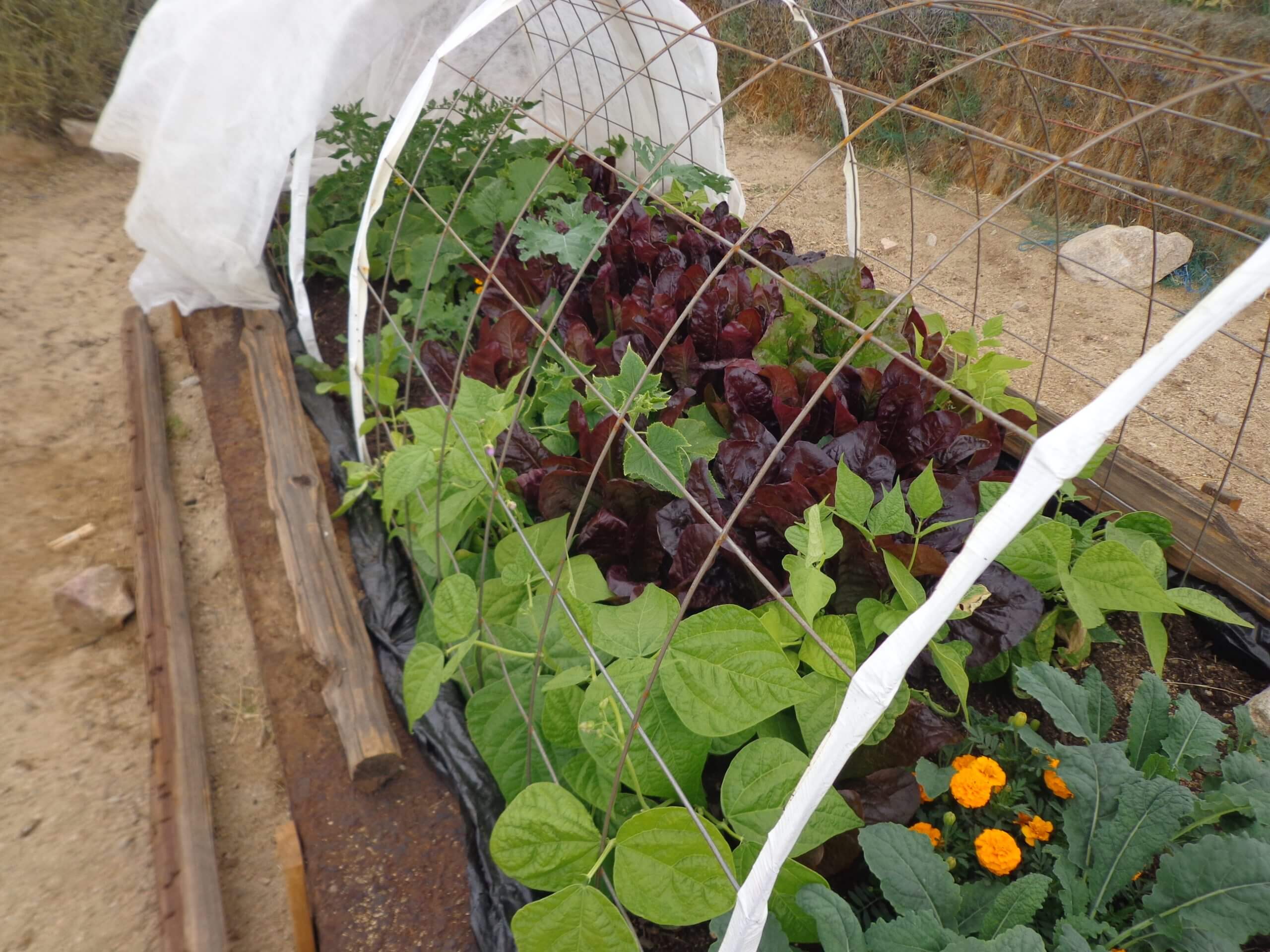 Coir is a byproduct of coconut processing. It is the stringy brown fibers that composed the husk, and these are stripped off when coconuts are processed. When finely ground, this material is proving the most absorptive material available, and yet it won’t pack down over time to cause drainage problems. Best of all, it is recycled, not mined.
Coir is a byproduct of coconut processing. It is the stringy brown fibers that composed the husk, and these are stripped off when coconuts are processed. When finely ground, this material is proving the most absorptive material available, and yet it won’t pack down over time to cause drainage problems. Best of all, it is recycled, not mined.